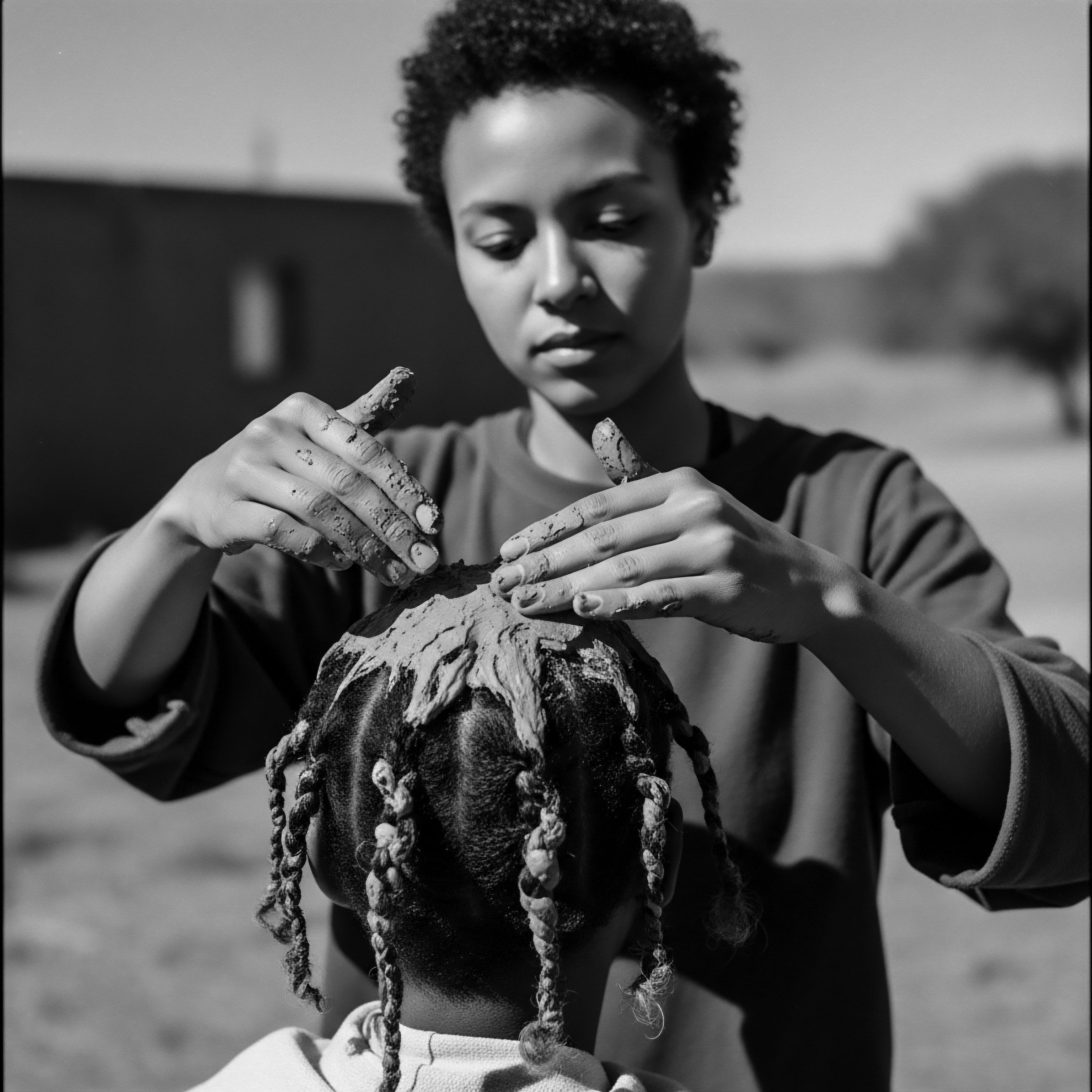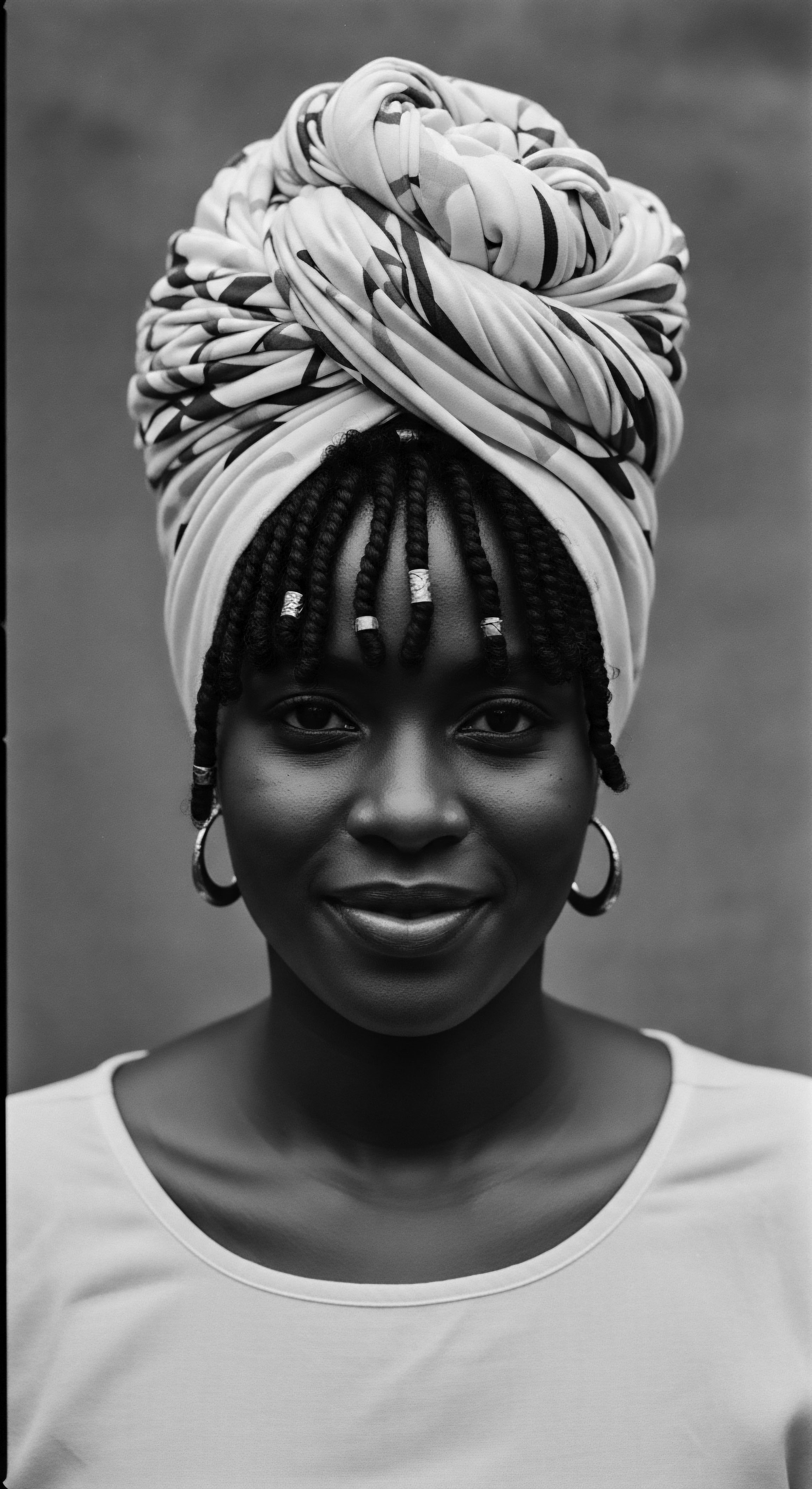
Protective Bonnets
Meaning ❉ A protective bonnet is a specialized head covering, often silk or satin, safeguarding textured hair from friction, dryness, and damage while honoring ancestral care traditions.
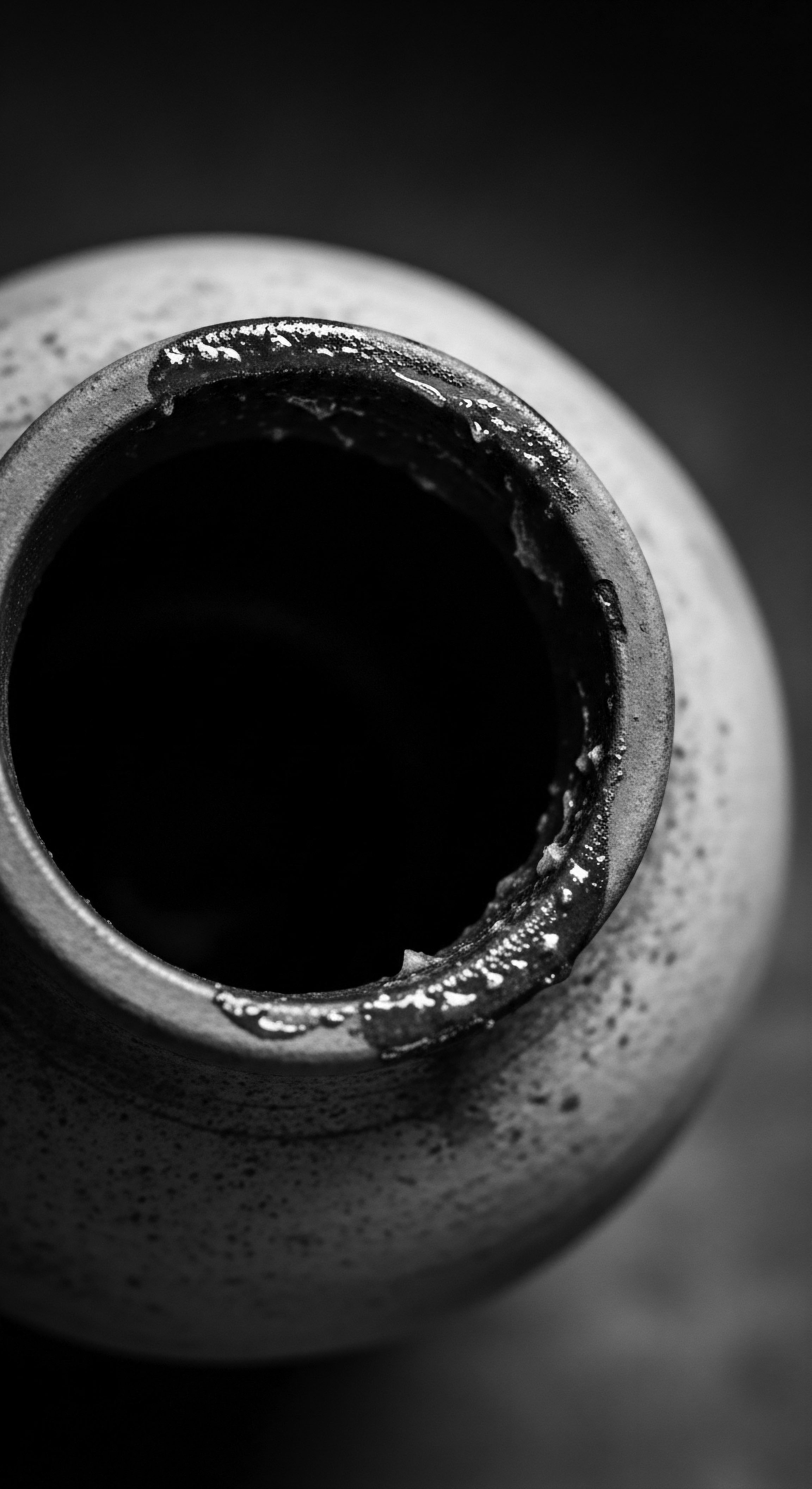
Why do textured hair wearers choose bonnets for nighttime care?
Textured hair wearers choose bonnets for nighttime care to preserve moisture and minimize friction, honoring ancestral hair protection heritage.

In what ways do bonnets represent cultural heritage for Black hair?
Bonnets embody cultural heritage for Black hair through their historical ties to protection and resilience, directly supporting the health of textured hair.
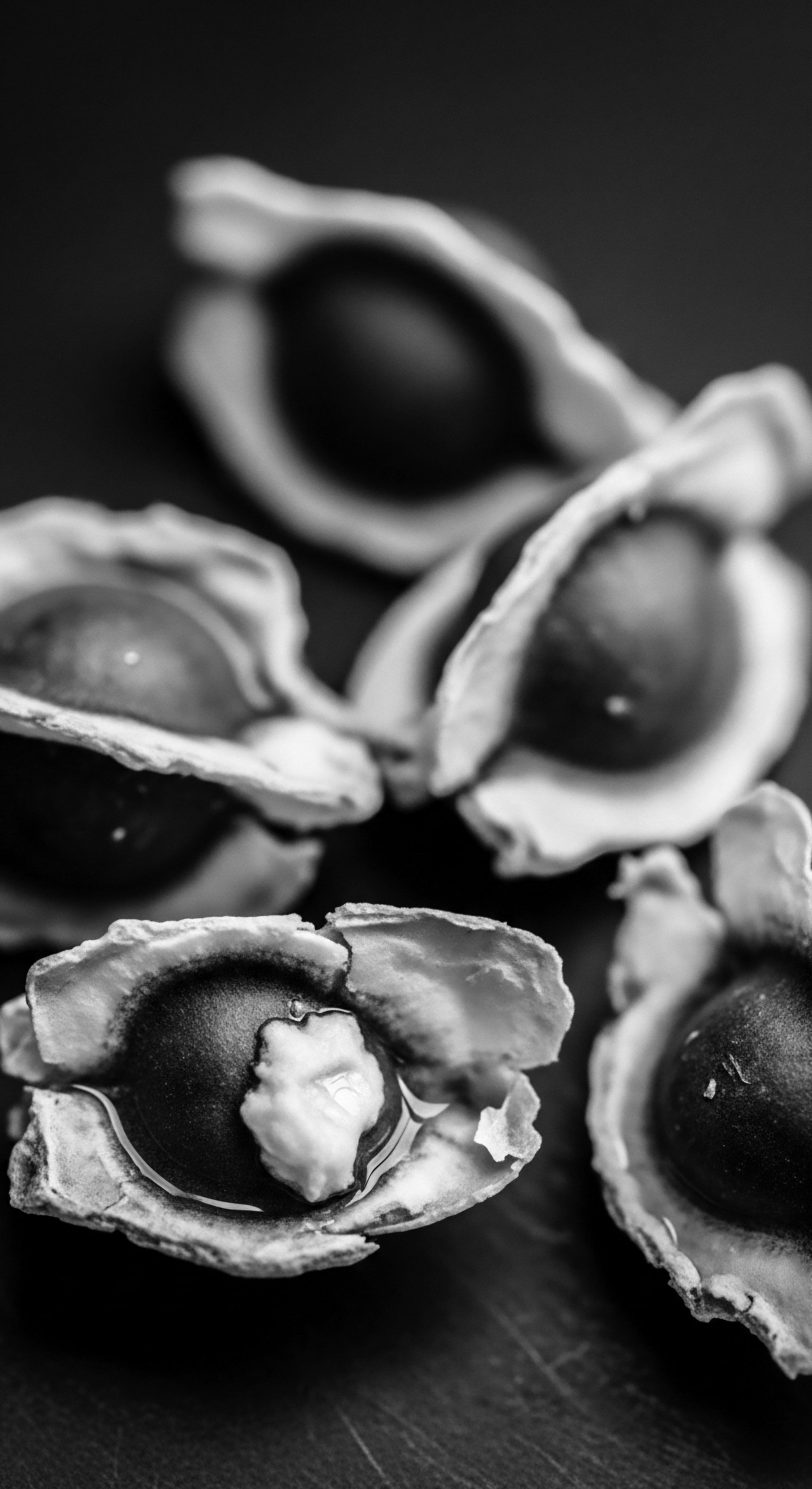
Can satin bonnets truly prevent textured hair breakage during sleep?
Satin bonnets prevent textured hair breakage during sleep by reducing friction and preserving moisture, continuing an ancestral legacy of protective hair care.
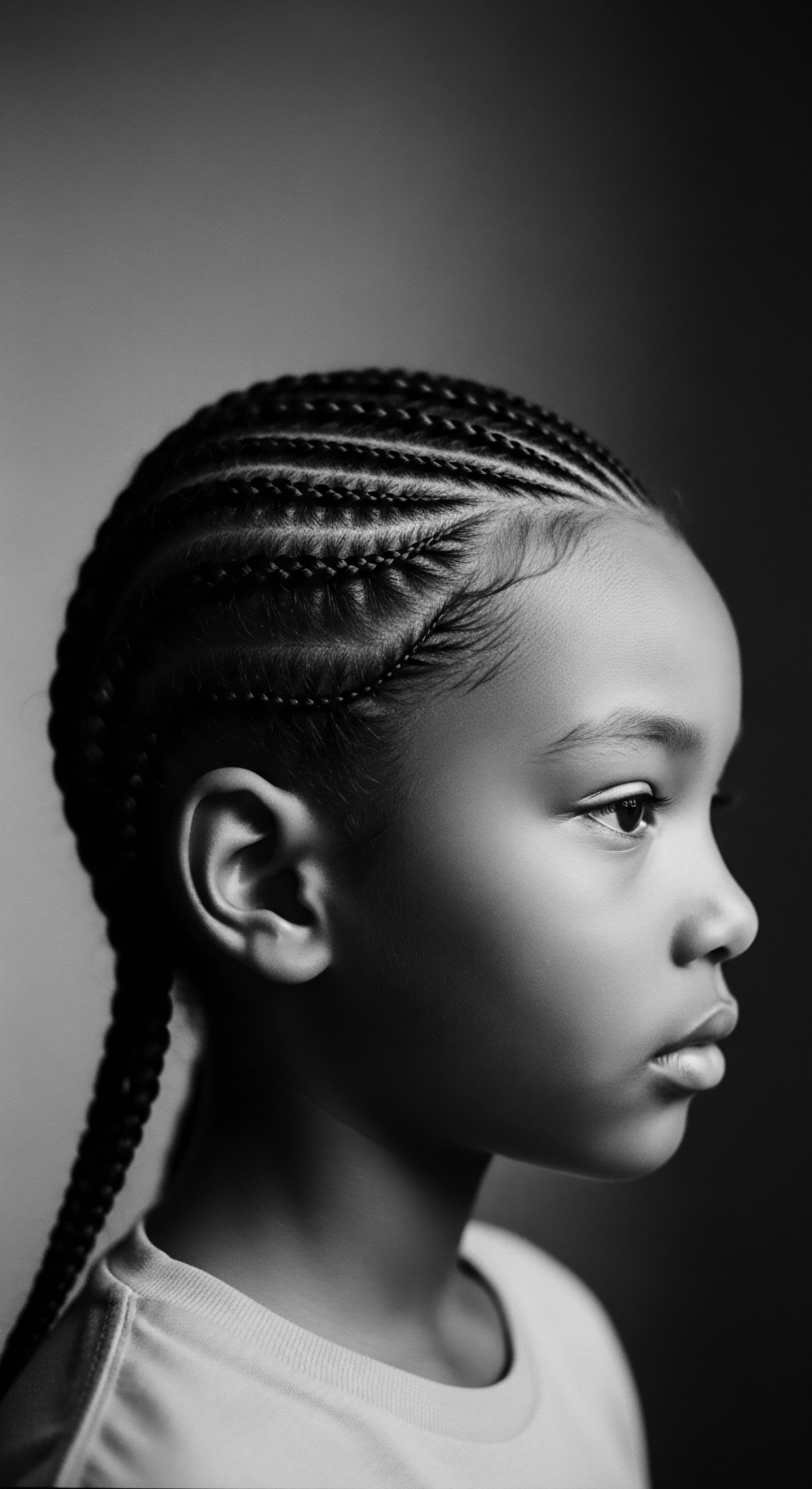
Can bonnets impact textured hair’s moisture levels overnight?
Bonnets, particularly silk or satin, create a smooth, low-friction barrier that minimizes moisture loss and protects textured hair from abrasive bedding, echoing ancestral hair preservation practices.

Can satin bonnets help with maintaining moisture in textured hair overnight?
Satin bonnets aid moisture retention in textured hair by minimizing friction and preserving natural oils, a practice rooted in generations of protective care.
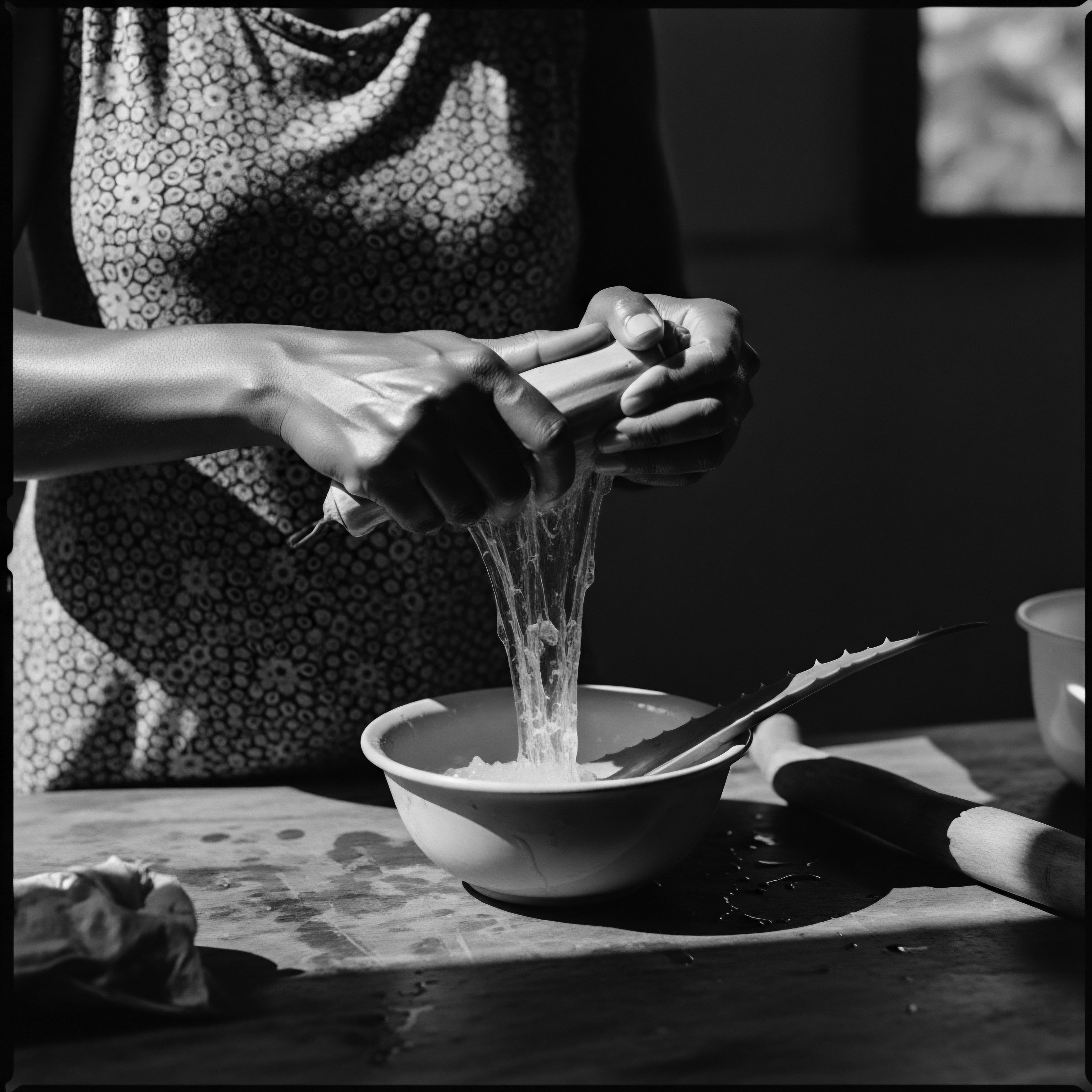
Why is a satin bonnet important for textured hair health?
A satin bonnet preserves textured hair's moisture and protects its delicate structure, a practice rooted in generations of ancestral care.

What scientific principles validate the protective qualities of hair bonnets?
Hair bonnets safeguard textured hair by reducing friction and retaining moisture, extending a heritage of protective care.
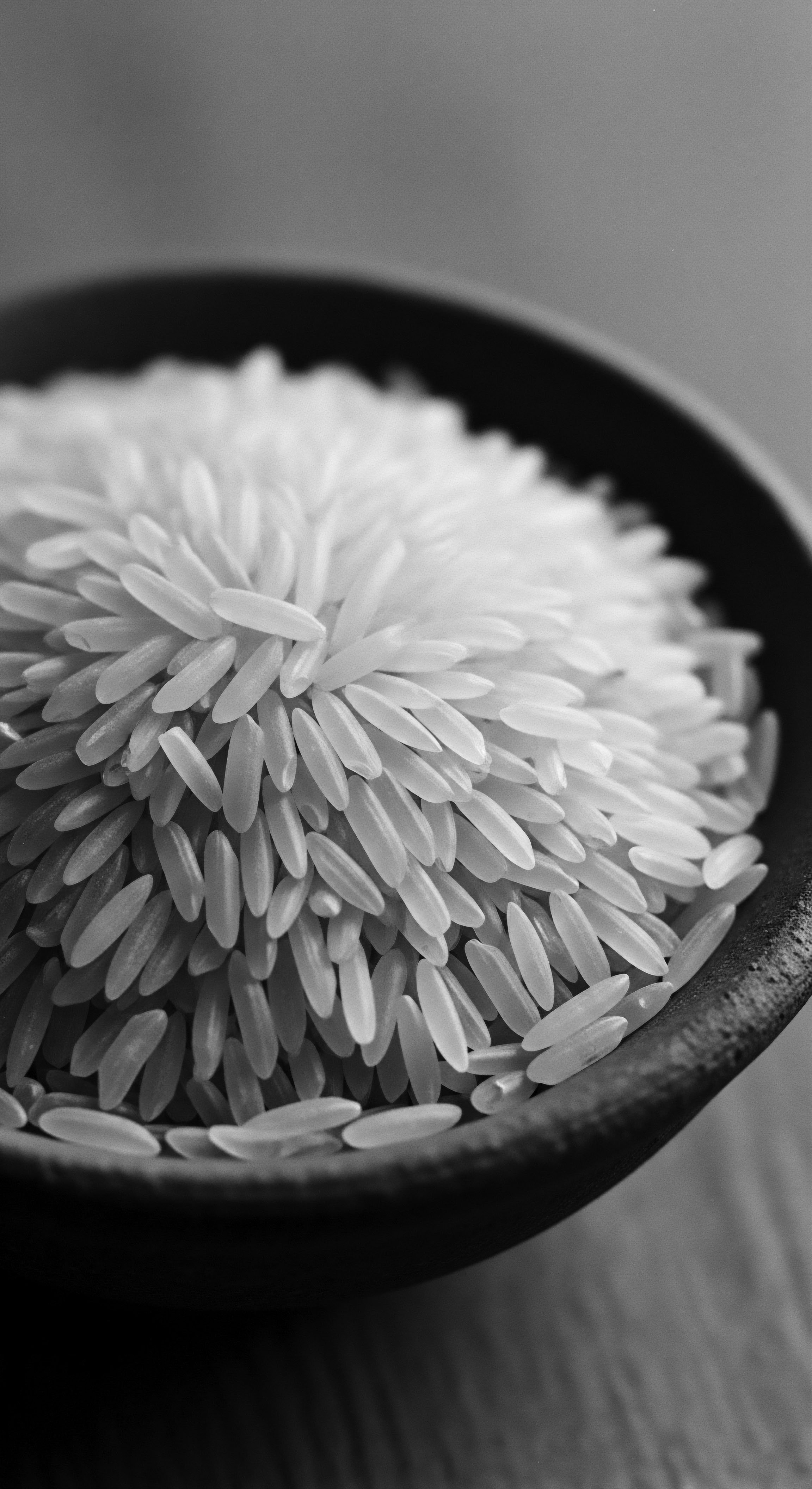
What are the benefits of satin bonnets for textured hair?
Satin bonnets protect textured hair from friction and moisture loss, perpetuating a deep heritage of hair preservation.
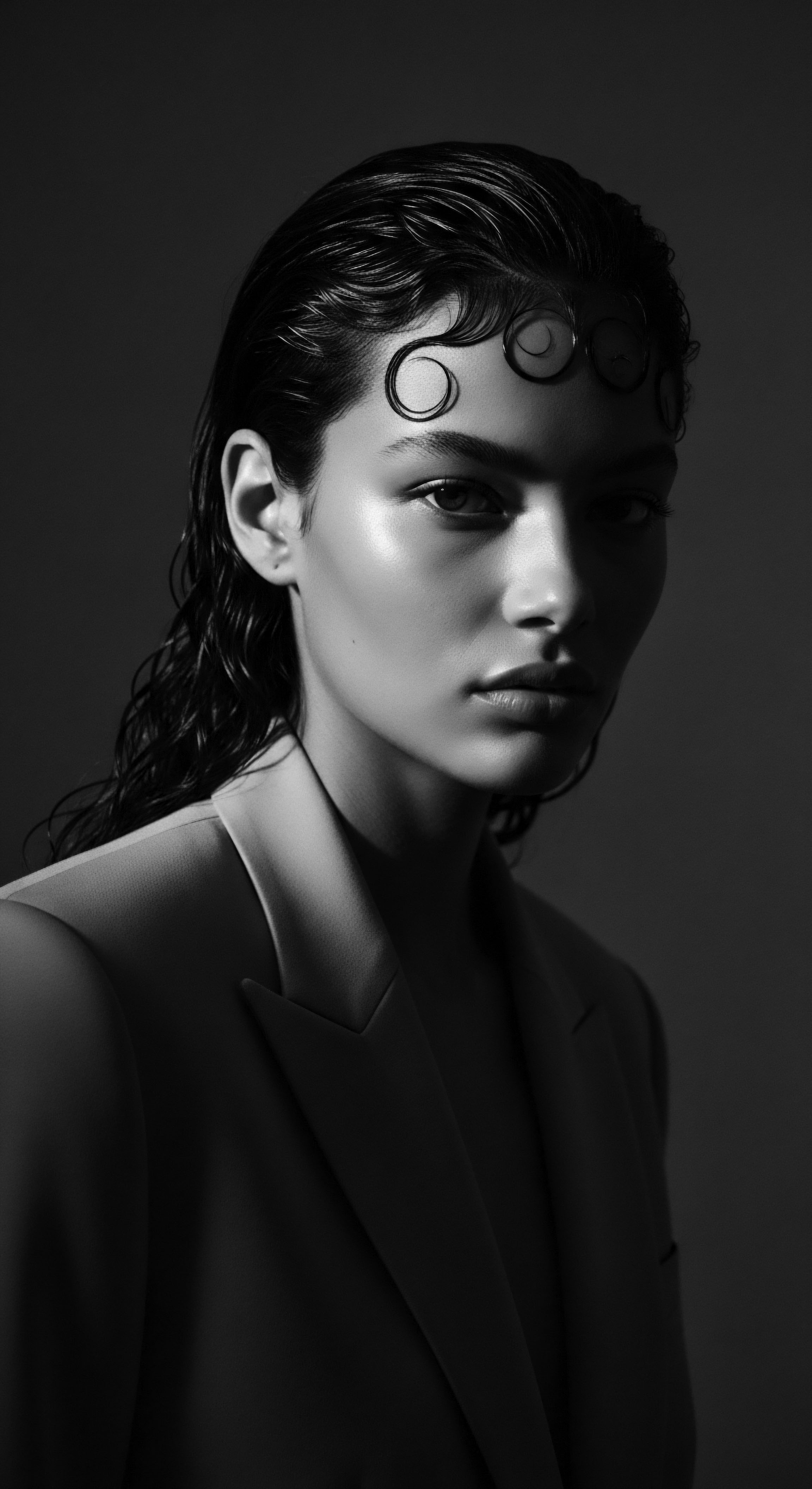
How do bonnets contribute to preserving textured hair’s natural moisture?
Bonnets preserve textured hair moisture by creating a low-friction, humid environment, echoing ancestral heritage of hair protection.
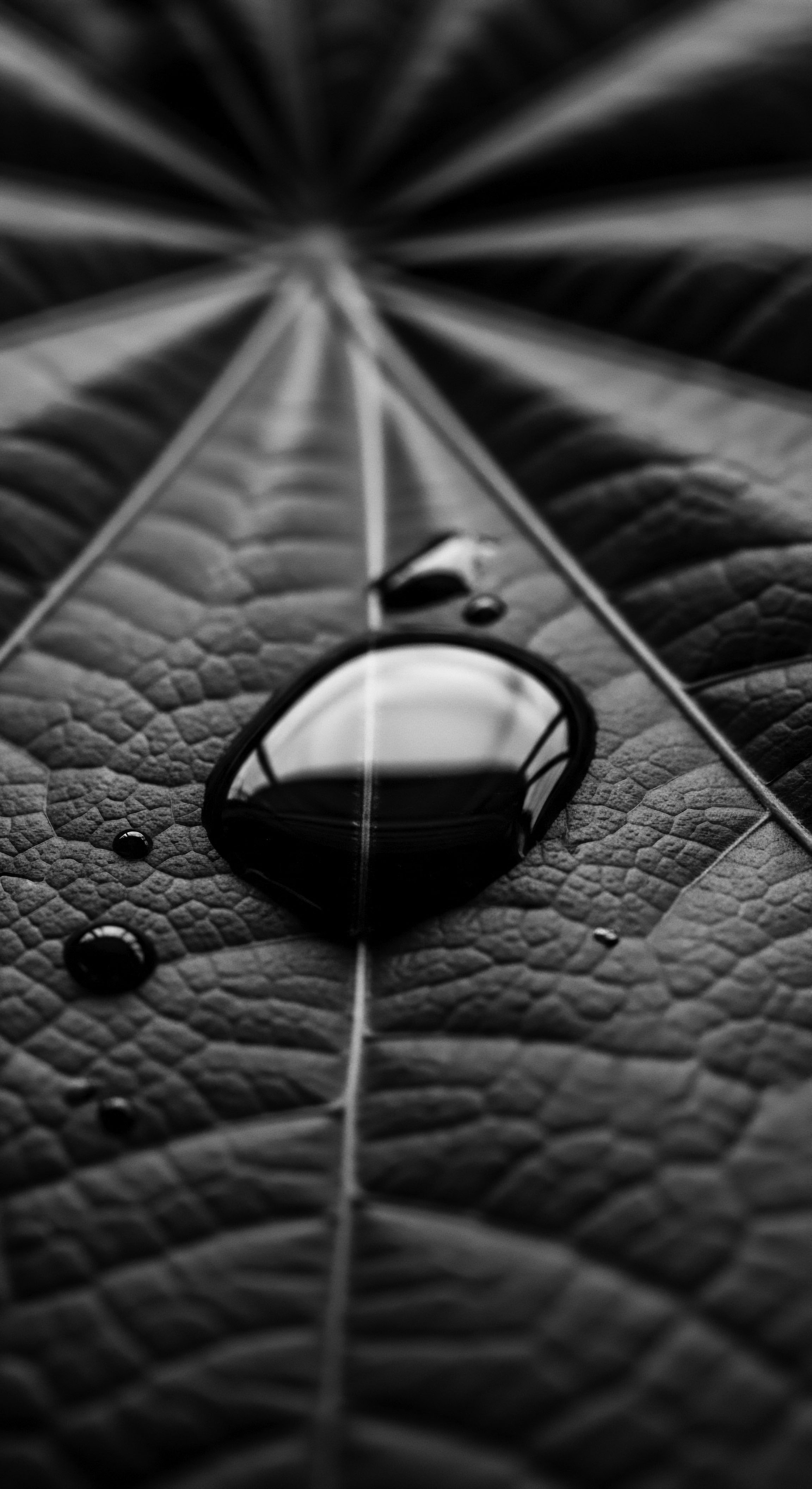
Why do satin bonnets benefit textured hair overnight?
Satin bonnets protect textured hair overnight by minimizing friction and preserving vital moisture, a practice rooted in deep ancestral care.
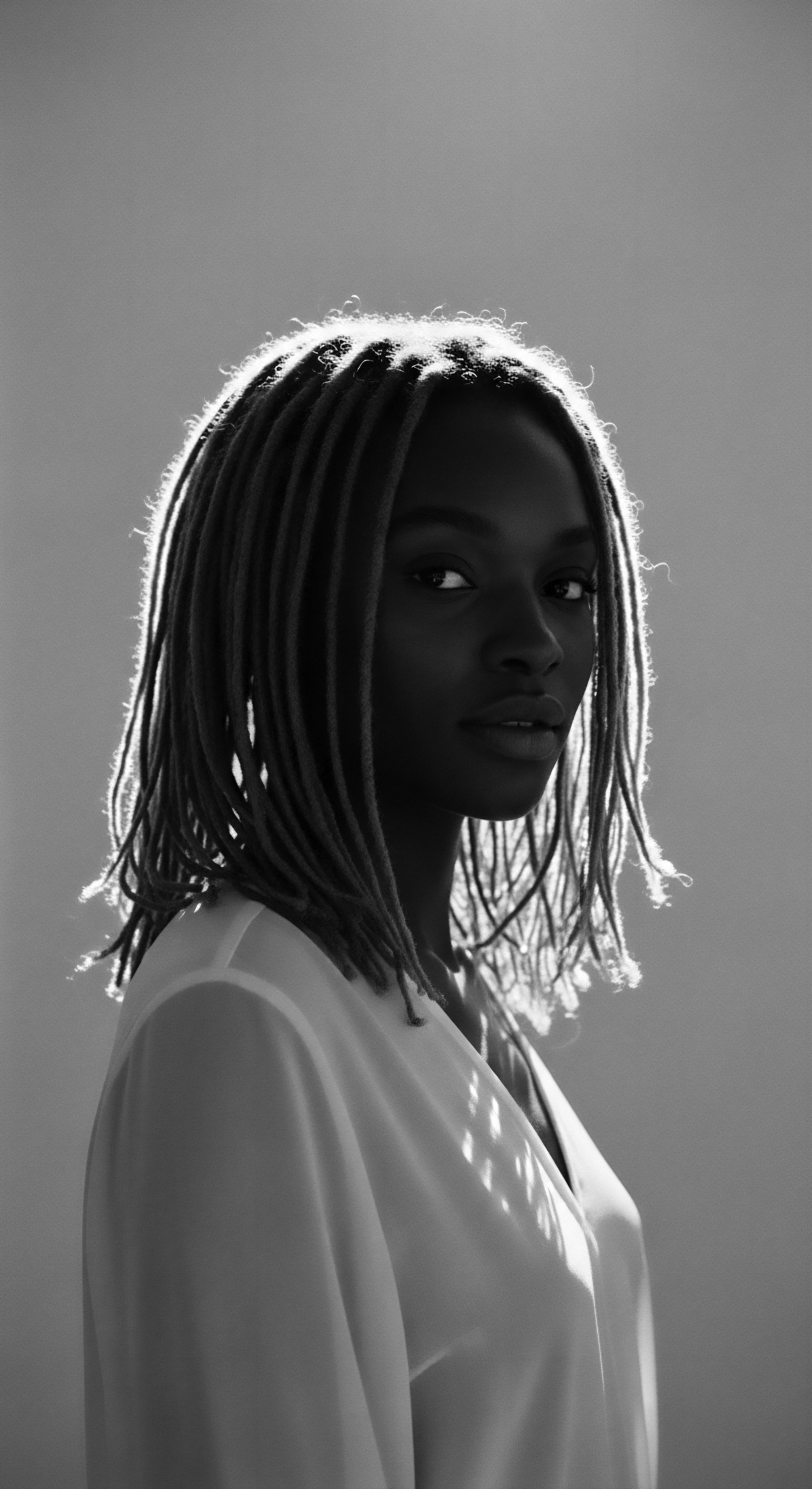
How do bonnets aid in maintaining moisture balance for textured hair during sleep?
Bonnets create a protective microclimate, preventing friction and moisture absorption, upholding a deep heritage of textured hair care.
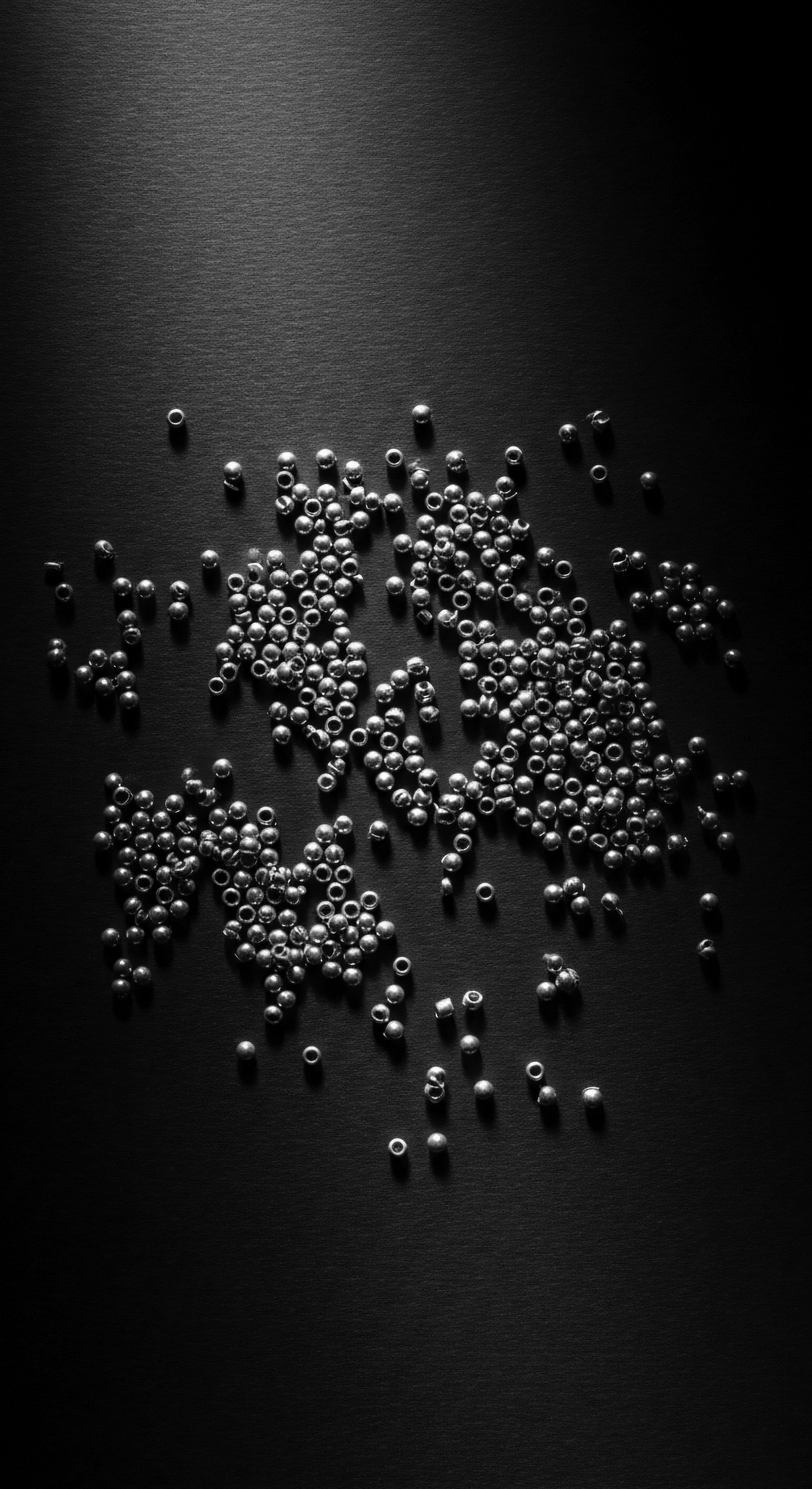
What is the cultural background of textured hair bonnets?
Textured hair bonnets hold a deep cultural background rooted in ancestral hair protection and identity preservation within Black and mixed-race communities.
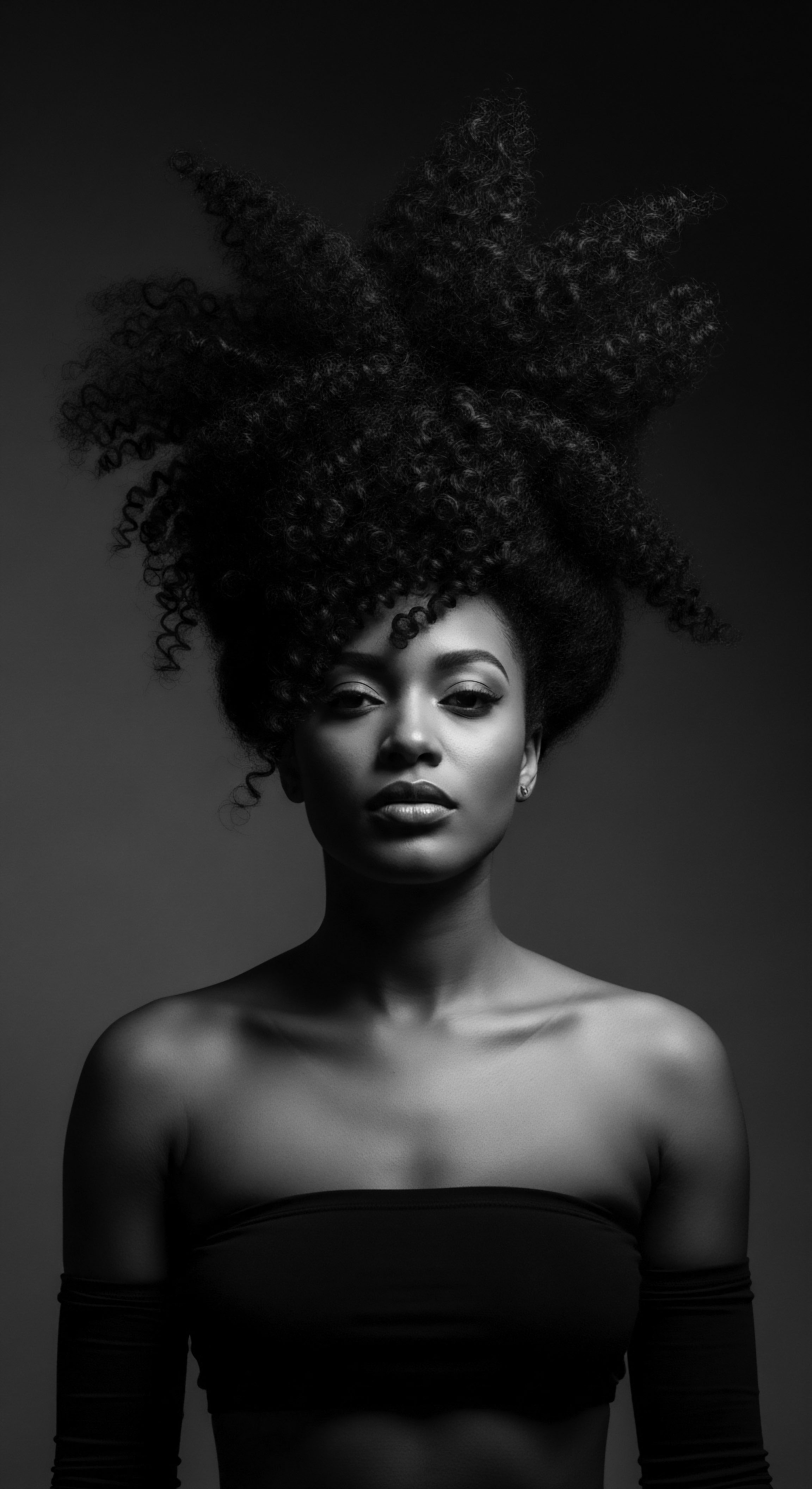
What historical significance does the satin bonnet hold for textured hair care?
The satin bonnet holds historical significance as a protective tool and a symbol of cultural resilience for textured hair.
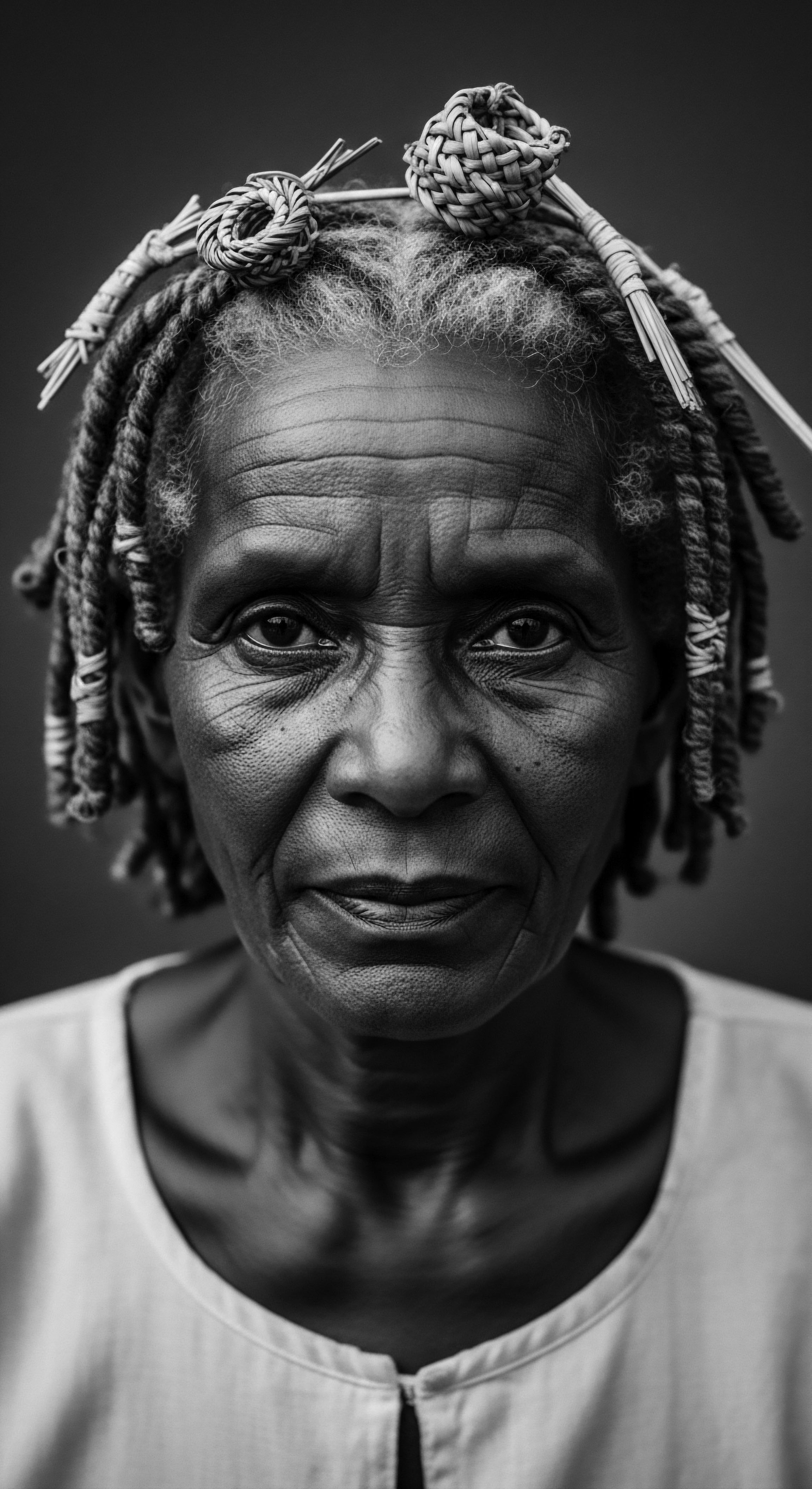
Why is a satin bonnet chosen for textured hair?
A satin bonnet protects textured hair from friction and moisture loss, upholding a legacy of ancestral care for vibrant strands.
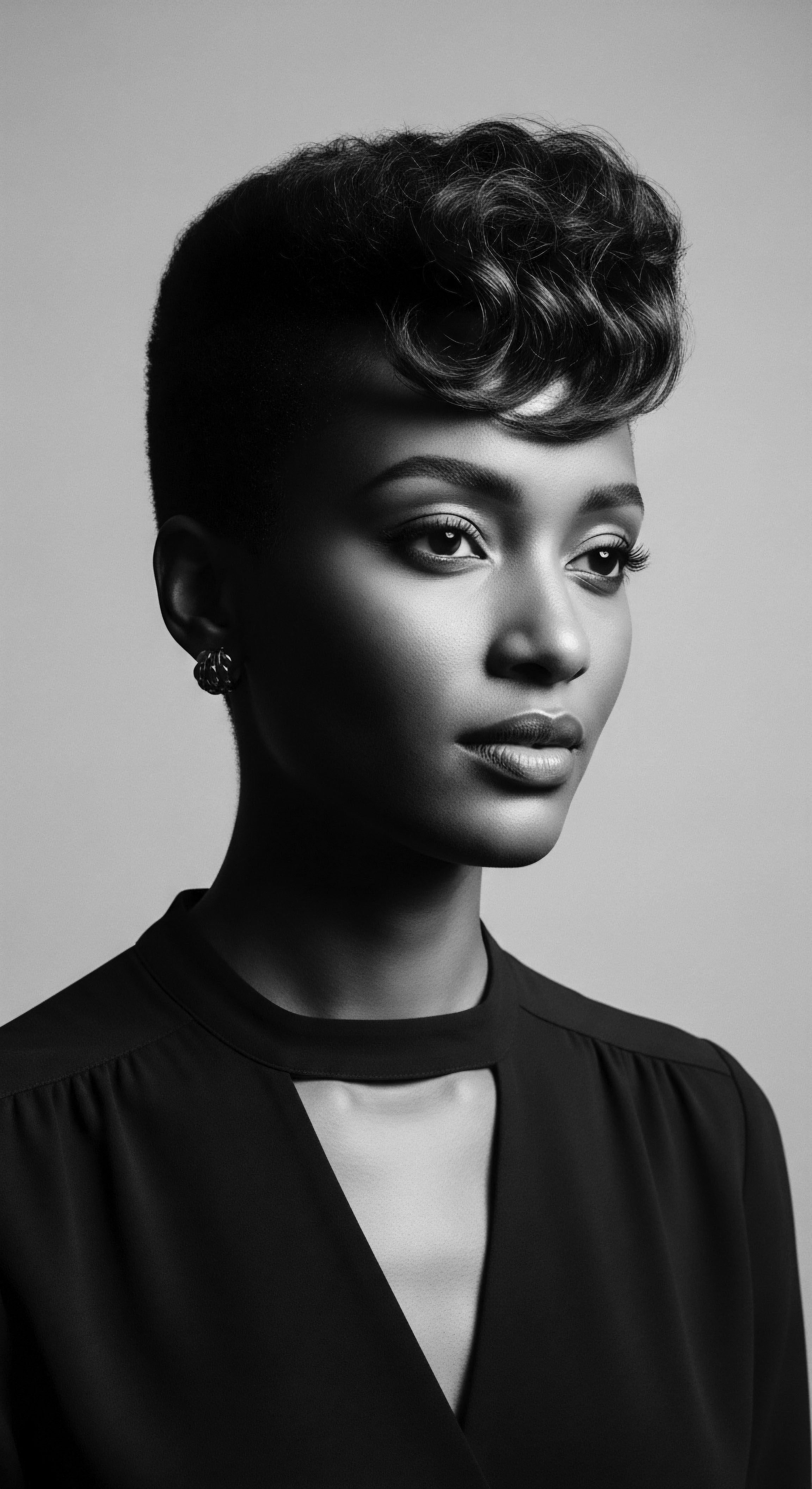
Satin Bonnet
Meaning ❉ The Satin Bonnet is a protective hair covering, embodying ancestral wisdom and cultural resilience for textured hair.
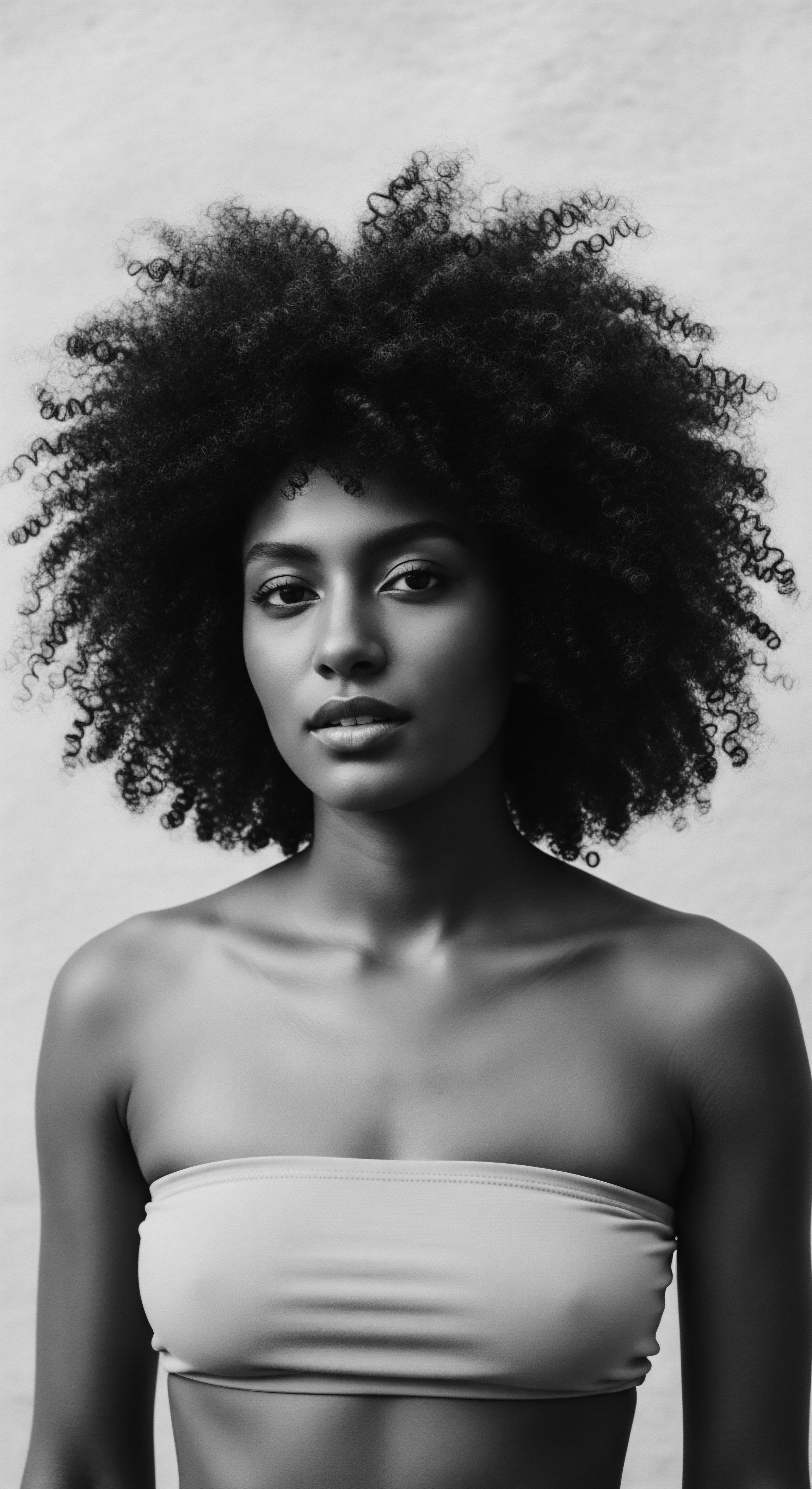
What materials best protect textured hair at night?
Silk and satin materials protect textured hair at night by minimizing friction and retaining moisture, echoing ancestral wisdom.
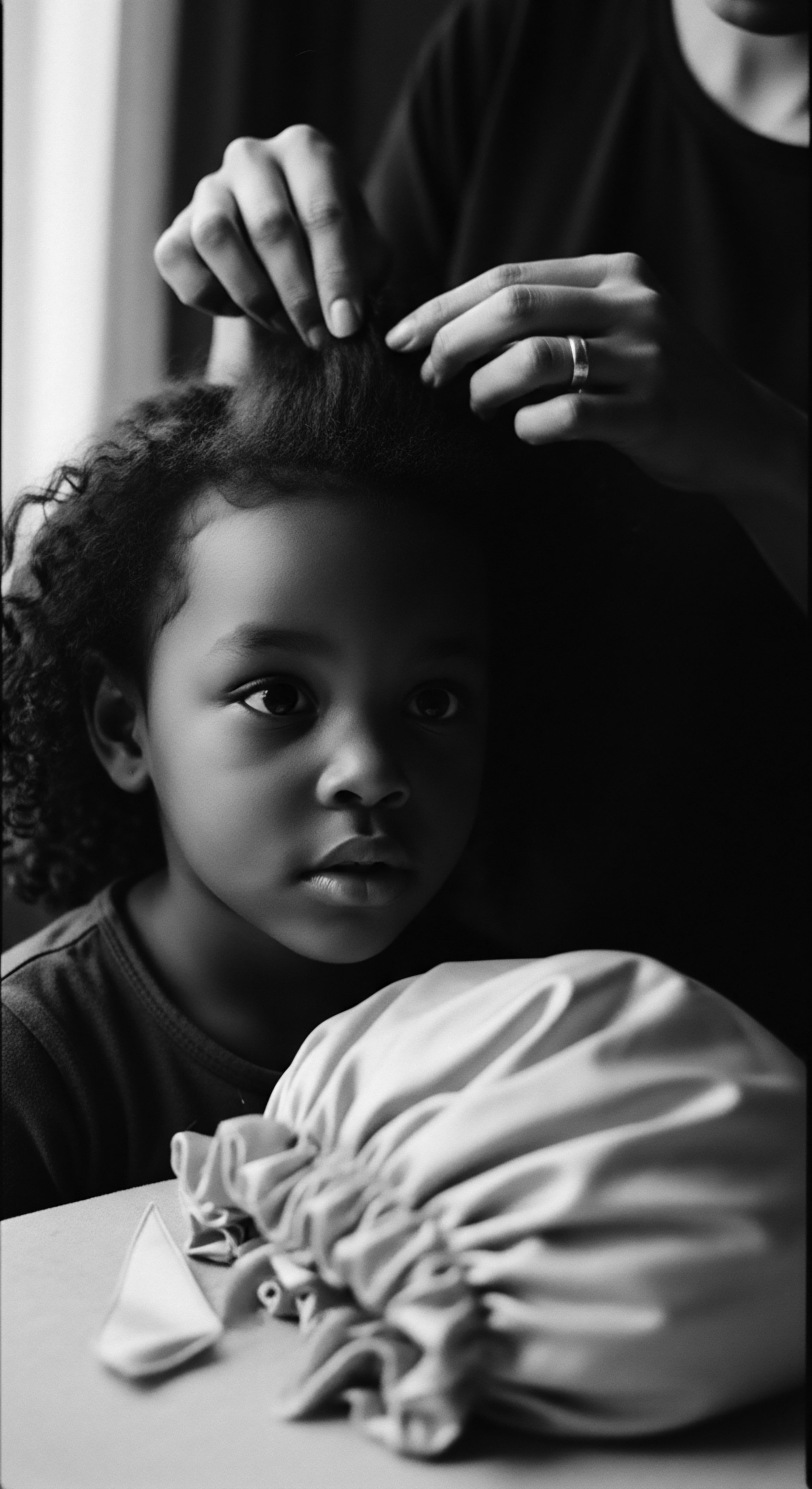
How did historical headwraps influence modern sleep protection for textured hair?
Historical headwraps profoundly shaped modern sleep protection for textured hair by establishing ancestral practices of friction reduction and moisture retention.

